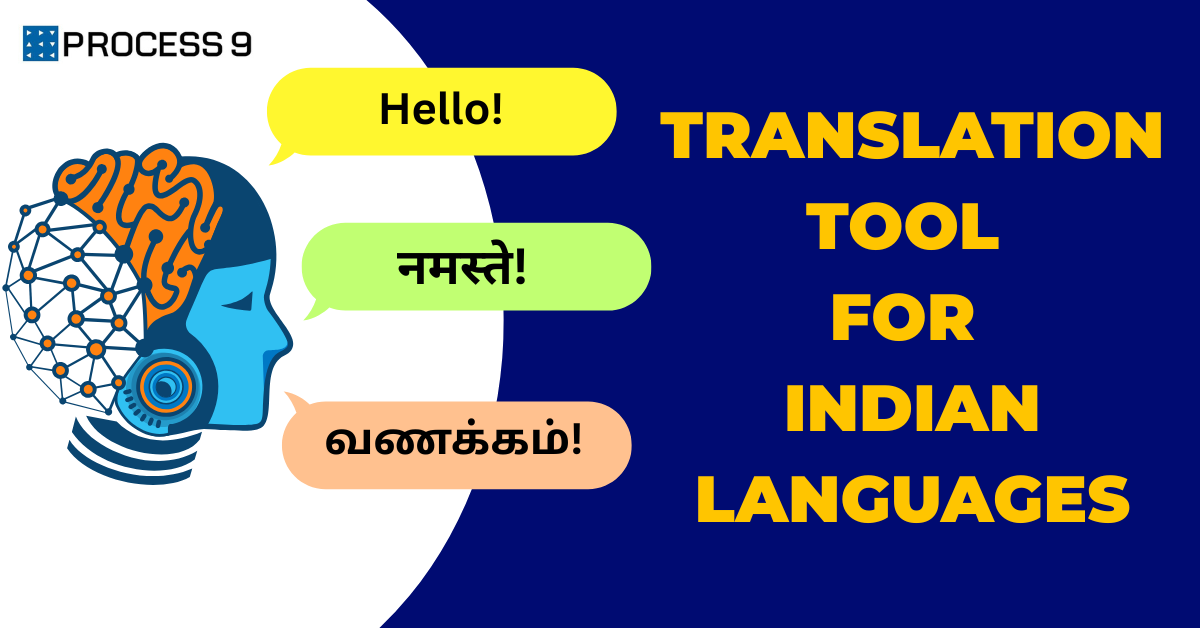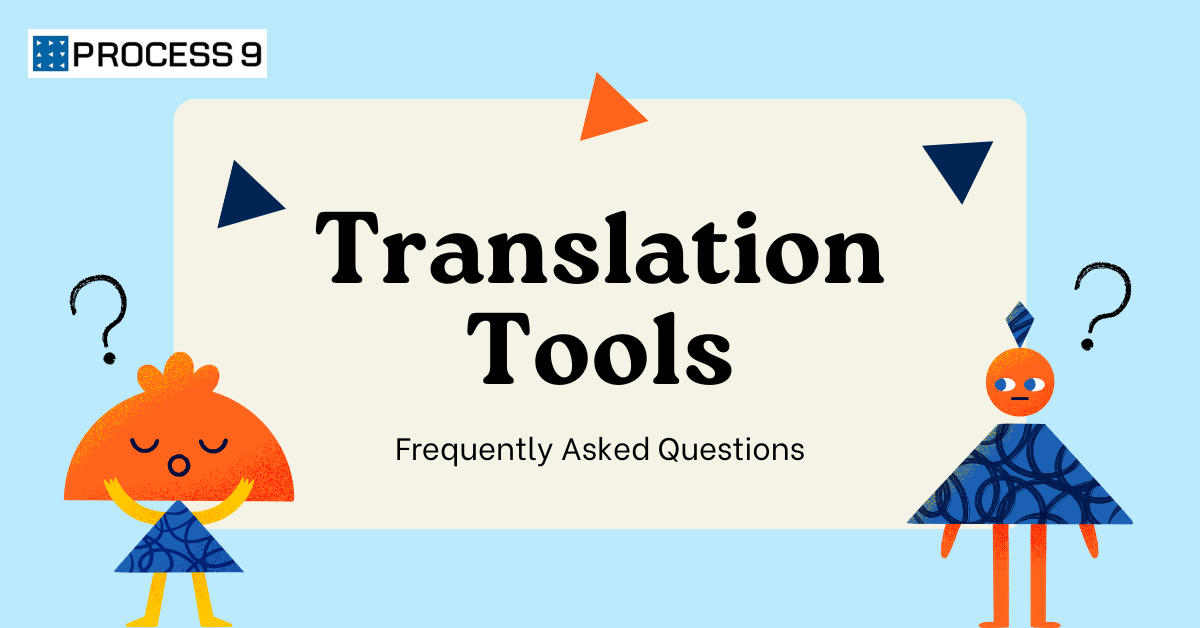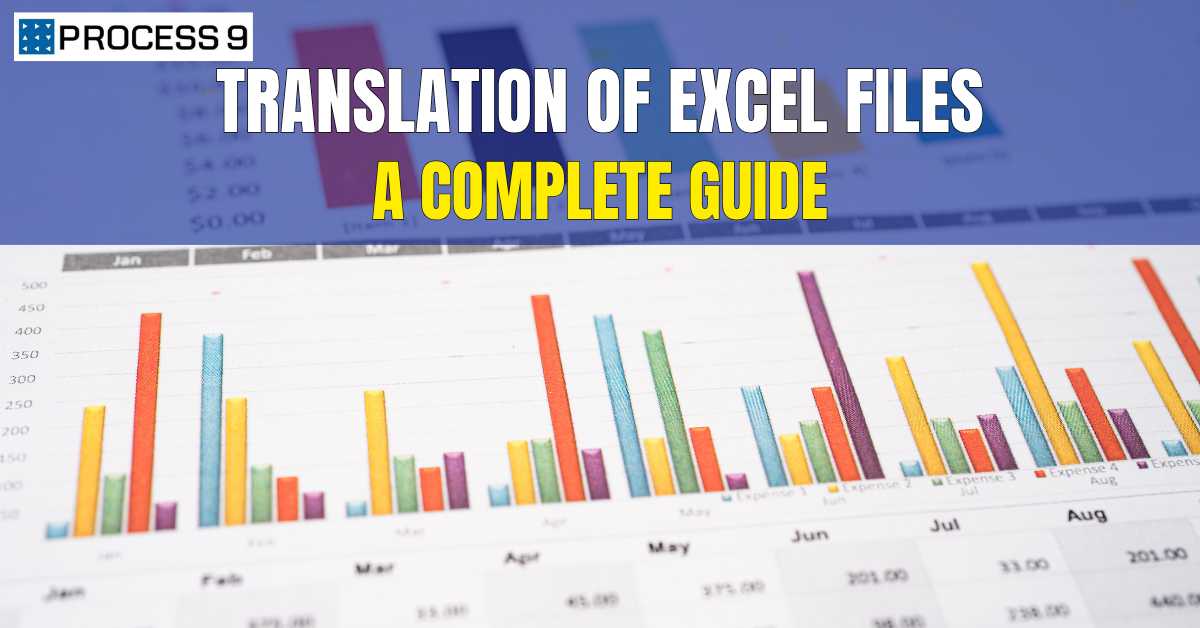India’s linguistic landscape presents both incredible opportunities and significant challenges for businesses operating in this diverse market. With its rich tapestry of languages spanning different scripts, regional variations, and cultural nuances, navigating multilingual communication requires more than basic translation solutions.
The Linguistic Complexity of India
India stands as one of the world’s most linguistically diverse nations. The Constitution recognises 22 official languages, each with distinct scripts, grammatical structures, and cultural contexts. Hindi remains the most widely spoken language, followed by Bengali and Telugu. However, this official count represents merely the tip of the linguistic iceberg.
Research indicates that over 1,700 languages are actively spoken across India’s vast territory. The linguistic diversity is so pronounced that language variations can occur every 200 kilometres. This phenomenon creates unique challenges for businesses seeking to communicate effectively with their target audiences across different regions.
The diversity extends beyond vocabulary and grammar. Each language family brings its own script system, from the Devanagari script used for Hindi and Marathi to the Tamil script, Telugu script, and numerous other writing systems. These scripts incorporate complex features like diacritics (matras), conjuncts, and contextual letter forms that require specialised handling.
India’s Global Trade Significance
India’s position in global commerce makes multilingual communication crucial for business success. India’s cumulative exports for FY 2024-25 reached an estimated US$ 820.93 billion, representing substantial growth in international trade relationships. Exports to the United States alone totalled US$ 79.44 billion during 2024, highlighting the scale of India’s global business interactions.
This massive trade volume requires accurate translation of contracts, technical documentation, marketing materials, and correspondence across multiple language pairs. Whether communicating with international partners or engaging domestic markets in regional languages, precision in translation directly impacts business outcomes.
The digital economy has further amplified these needs. E-commerce platforms, fintech services, healthcare applications, and educational platforms all require seamless multilingual experiences to serve India’s diverse population effectively.
Why Translation Becomes Critical for Indian Businesses
The linguistic diversity that enriches India’s cultural heritage creates practical challenges for businesses. Companies expanding across Indian markets must communicate in multiple languages simultaneously. A business successful in Mumbai’s Hindi and Marathi-speaking market may struggle in Chennai without proper Tamil communication capabilities.
Customer experience suffers when businesses rely on poor translation quality. Grammatical errors, cultural insensitivities, or incorrect technical terminology can damage brand reputation and reduce conversion rates. Studies consistently show that consumers prefer engaging with content in their native languages, making quality translation a competitive advantage.
Traditional human translation, while accurate, faces scalability limitations. Processing large volumes of content across multiple languages becomes time-intensive and expensive. Modern businesses require solutions that combine human quality with technological efficiency.
Essential Features of Professional Translation Tools
Selecting the right translation tool requires understanding the technical and functional requirements that separate professional solutions from basic alternatives.
Script and Font Support
Professional translation platforms must handle the complexity of Indian language scripts. This includes proper rendering of diacritics (matras) that appear above and below base characters. The system should display conjuncts correctly and support contextual letter forms that change based on surrounding characters.
Font support extends beyond basic display. Professional tools provide multiple typeface options optimised for different languages and use cases, ensuring readability across various devices and platforms.
Advanced Quality Assurance Features
Quality control mechanisms distinguish professional tools from basic alternatives. Comprehensive spell-checking for Indian languages addresses the unique challenges of detecting errors in scripts with complex orthographic rules. Term-base checking ensures consistent terminology usage across projects and translations.
Number checking verifies that numerical information translates correctly, accounting for different numbering systems and currency formats. Tag checking maintains formatting consistency when translating content with markup or special formatting requirements.
Collaborative Workflow Management
Modern translation projects involve multiple stakeholders. Professional tools facilitate project division among translators, reviewers, and project managers. User role management ensures appropriate access controls while maintaining translation quality and confidentiality.
The ability to mark doubts and collaborate in real-time accelerates project completion while maintaining accuracy. Integrated communication features allow teams to resolve queries without switching between different applications.
Security and Reliability
Business translation often involves sensitive information. Professional platforms implement secure login systems, encrypted data transmission, and compliance with international security standards. HTTPS encryption protects data in transit, while robust authentication prevents unauthorised access.
Regular backups and version control protect against data loss while enabling recovery of previous translation versions when needed.
Machine Translation Integration
Modern professional tools integrate advanced machine translation capabilities to accelerate initial translation while maintaining human oversight for quality assurance. This hybrid approach combines technological efficiency with human expertise.
Fuzzy matching technology identifies previously translated segments, improving consistency and reducing translation time for similar content. This feature proves particularly valuable for businesses with recurring content types or technical documentation.
Training and Support Resources
Comprehensive help centres, training videos, and technical support ensure translation teams can utilise platform capabilities effectively. Professional tools provide resources covering both basic functionality and advanced features.
Special Considerations for Indian Language Translation
Indian languages present unique technical challenges that require specialised handling beyond generic translation tools.
Script Complexity
Indian language scripts incorporate features rarely found in Latin-based languages. Diacritics (matras) modify base characters to represent different vowel sounds. These marks appear above, below, or around base letters and must render correctly across different fonts and display systems.
Conjuncts represent another complexity layer. When certain consonants combine, they form unique character combinations that differ from their individual components. Professional translation tools must handle these conjuncts properly to ensure readable output.
Input Method Support
Typing in Indian languages requires specialised input methods. Professional platforms provide integrated keyboards supporting phonetic typing, where users can type in Roman characters that convert automatically to the target script. This approach enables faster input for users familiar with QWERTY keyboards while producing accurate script output.
Traditional keyboard layouts for each language provide alternatives for users preferring conventional input methods. The flexibility to switch between input methods accommodates different user preferences and typing speeds.
Language-Specific Quality Control
Spell-checking for Indian languages involves unique challenges. Unlike English spell-checking, which works with fixed word forms, Indian languages employ complex morphological rules where single root words generate numerous grammatically valid variations.
Professional translation tools implement sophisticated spell-checking algorithms that understand these morphological rules rather than relying on simple dictionary lookups. This approach reduces false positive errors while catching genuine mistakes.
Advanced Machine Translation Support
Generic machine translation systems often perform poorly with Indian languages due to limited training data and inadequate handling of script complexities. Professional translation platforms integrate specialised Indian language machine translation engines trained specifically on Indian language pairs.
These specialised engines understand cultural contexts, technical terminology, and regional variations that generic systems miss. The result is higher-quality initial translations that require less human editing to reach publication standards.
Why Mox Leads the Indian Language Translation Market
Process9’s Mox represents the culmination of years focused on solving Indian language translation challenges. The platform addresses every consideration outlined above while providing additional capabilities that set it apart from generic translation tools.
Comprehensive Indian Language Support
Mox provides built-in keyboard support for all 22 official Indian languages recognised by the Constitution. This comprehensive coverage eliminates the need for external keyboard installations or complex system configurations. Users can switch seamlessly between languages within the translation interface.
The platform’s script rendering engine handles the most complex features of Indian writing systems. Diacritics display correctly across different zoom levels and screen resolutions. Conjuncts render accurately, maintaining readability even with intricate character combinations.
Advanced Quality Assurance
Mox incorporates sophisticated spell-checking algorithms designed specifically for Indian language morphology. The system understands grammatical rules and word formation patterns, providing accurate error detection without excessive false positives.
Term-base management ensures consistency across large translation projects. The platform maintains comprehensive glossaries and can detect when translators use terms that differ from established standards.
Integrated MoxNMT Technology
The platform integrates MoxNMT, Process9’s proprietary neural machine translation engine designed specifically for Indian languages. This integration provides higher-quality initial translations compared to generic machine translation services.
MoxNMT training incorporates extensive Indian language corpora, including technical documentation, legal texts, and contemporary content. This broad training enables accurate translation of specialised terminology across various industries.
Enterprise-Grade Features
Mox provides the collaborative features essential for enterprise translation projects. Project managers can assign specific sections to different translators while maintaining oversight over overall progress and quality.
The platform’s security infrastructure meets enterprise requirements with encrypted data transmission, secure authentication, and detailed audit logs. These features make Mox suitable for translating sensitive business documents and confidential communications.
Proven Enterprise Success
Process9’s technology has powered multilingual capabilities for some of India’s largest enterprises. Companies like Paytm, 1mg, MakeMyTrip, HDFC Ergo, Bajaj Group, Aditya Birla, and Flipkart rely on Process9’s solutions for their multilingual communication needs.
This enterprise adoption demonstrates Mox’s capability to handle large-scale translation requirements while maintaining the quality standards demanded by leading businesses.
Affordable and Accessible
Despite its advanced capabilities, Mox remains affordable and accessible to businesses of all sizes. The platform’s pricing structure accommodates both small businesses needing occasional translation services and large enterprises requiring high-volume processing capabilities.
Process9’s commitment to “language equality through technology” ensures that professional-grade Indian language translation remains accessible rather than being restricted to only the largest organisations.
Watch this user review for a first hand account on the ease and benefits of using Mox Translation Tool for Indian languages.
The Most Searched Indian Language Translation Pairs
Understanding market demand helps businesses prioritise their multilingual strategies. English-Hindi translation represents the most frequently requested language pair, reflecting Hindi’s status as India’s most widely understood language and English’s role in business communication.
English-Tamil translation ranks highly, particularly for businesses operating in South India. Tamil’s rich literary tradition and the economic significance of Tamil Nadu make this language pair crucial for many enterprises.
Hindi-Bengali translation addresses communication needs between India’s most populous state (Uttar Pradesh) and the culturally significant Bengal region. This pairing proves essential for businesses spanning North and East India.
These popular language pairs reflect broader business communication patterns and help companies understand where to focus their initial multilingual efforts.
Conclusion
India’s linguistic diversity presents both challenges and opportunities for businesses seeking to communicate effectively across this vast market. While basic translation tools might seem adequate for simple tasks, professional translation platforms like Mox provide the comprehensive capabilities required for business success.
The combination of advanced script support, quality assurance features, collaborative workflows, and specialised Indian language technologies makes Mox the preferred choice for enterprises serious about multilingual communication.
As India’s digital economy continues growing and international trade relationships expand, investing in professional translation capabilities becomes increasingly critical for business success. Companies that prioritise quality multilingual communication gain competitive advantages that translate directly into improved customer relationships and business outcomes.
Process9’s commitment to advancing Indian language technology ensures that businesses have access to the tools needed for effective multilingual communication. With proven success across India’s leading enterprises and comprehensive support for all major Indian languages, Mox represents the future of professional Indian language translation.
Ready to transform your multilingual communication strategy? Discover how Mox can streamline your translation workflows while ensuring the accuracy and cultural sensitivity your business demands. Contact Process9 today to schedule a demonstration and see firsthand why India’s leading enterprises trust Mox for their Indian language translation needs.







Share: